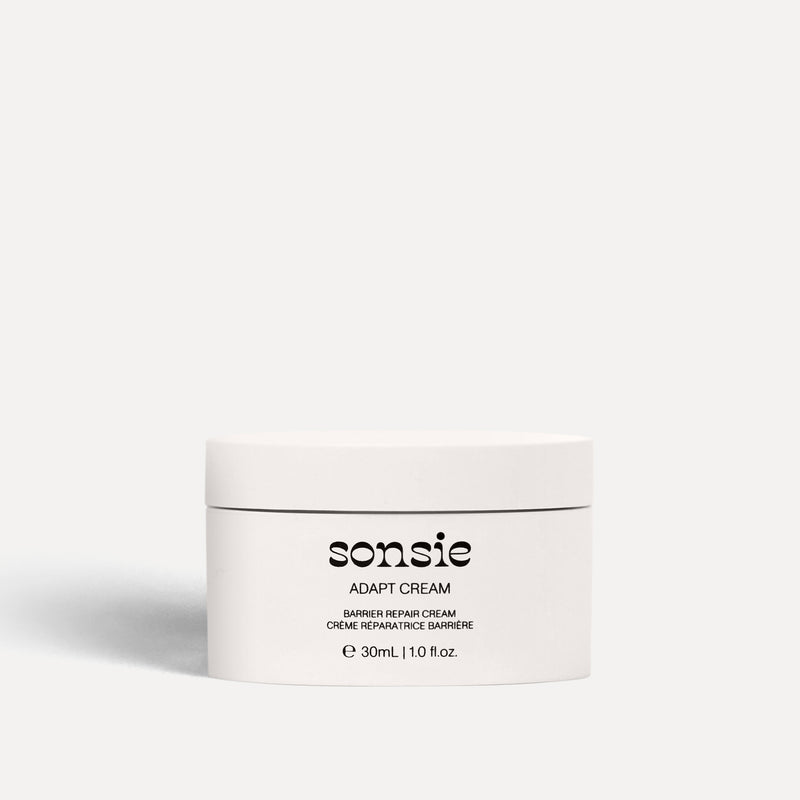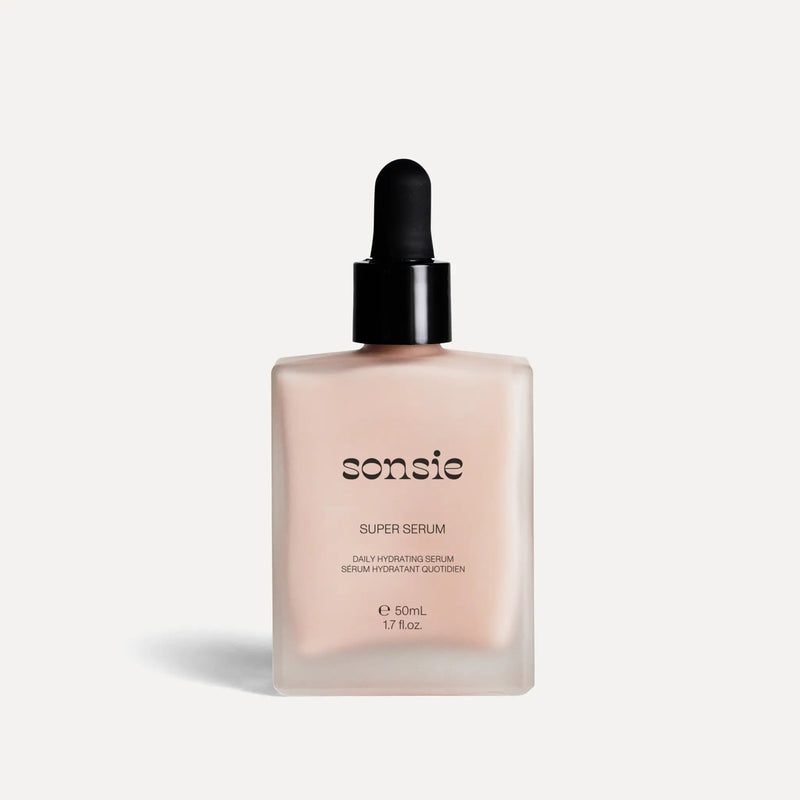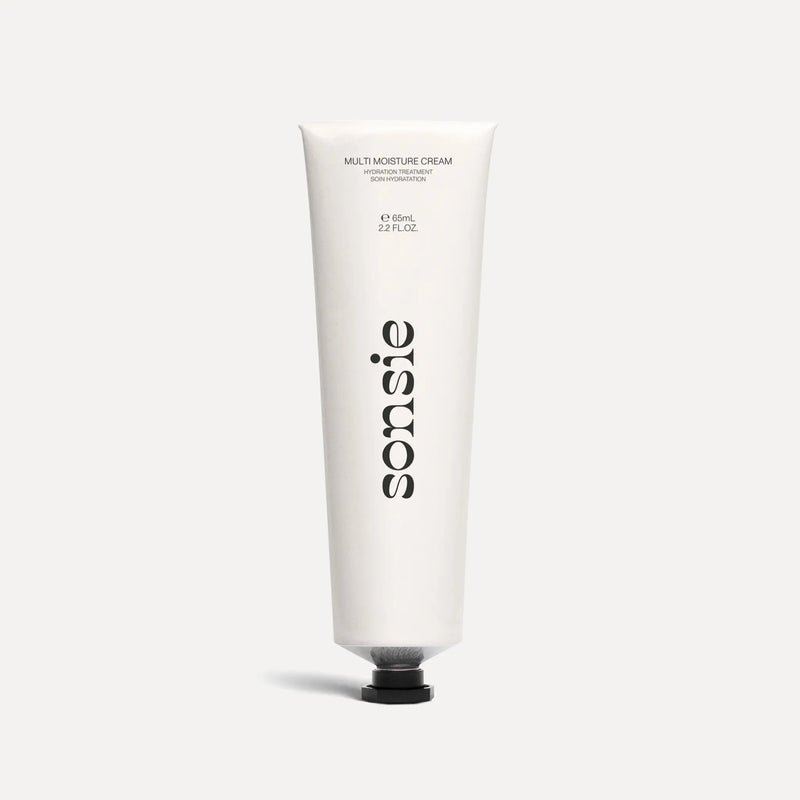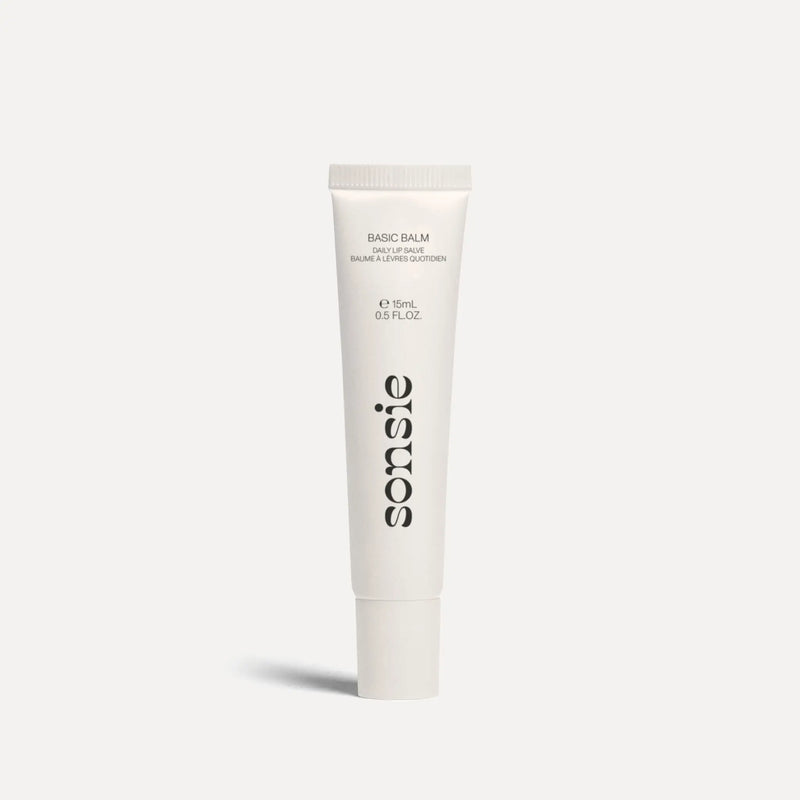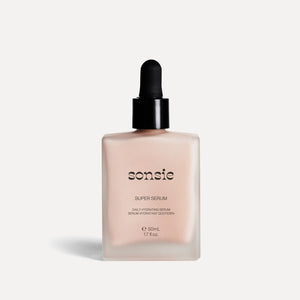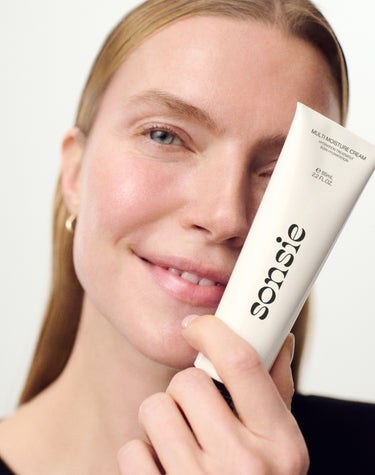Understanding Fragrance in Skincare
Understanding Fragrance in Skincare
Fragrance in skincare has become a mainstream topic recently, especially as consumers become increasingly aware of the ingredients in the products they’re using. Understanding fragrance ingredients has also become increasingly difficult. Our goal in sharing this information is to empower you with accurate and reliable data, so you can make more informed decisions.
Behind the “Fragrance” Term
The International Fragrance Association (IFRA) defines a fragrance as a “chemical mixture that has a smell or odor.” In the US, the labeling of “fragrance” can include a list of over 3,100 different ingredients. The International Fragrance Association (IFRA) has transparently published all 3,163 ingredients that can be included in the term. So, if you’re interested in taking a long scroll, you can find it here. Where this becomes a problem, is that a lot of these ingredients, including natural ingredients, contain allergens. If you want to read more about allergens in cosmetics, find the article here. This is why many people, especially those with sensitive skin, opt for fragrance free products.

Products Labeled as “Unscented”
Unscented and fragrance free are the same thing...right? Nope!
Although unscented sounds like fragrance free, it’s actually quite different. Unscented means that the product has been formulated to have the appearance of no scent. This does not mean that the product doesn’t include any added fragrance ingredients. Even the FDA says “some products labeled ‘unscented’ may contain fragrance ingredients.” So, if you’re looking to avoid added fragrance you should note unscented does not equal fragrance free. “Fragrance” can still appear on the label of products marketed as unscented to neutralize or mask odors of other ingredients.
Products Labeled as “Fragrance Free”
Fragrance free means the product is free of any added fragrance to make the product smell a certain way. This is the right term to look for when shopping for skincare without fragrance, like Sonsie’s Super Serum and Multi Moisture Mask. You won’t see fragrance on these ingredient lists. However, even if a product doesn’t have fragrance on the ingredient list, you should still take a look at the ingredients.
Products without the Term “Fragrance”
Especially in cosmetics, ingredients can be added for multifunctional characteristics that add fragrance, but aren't labeled as “fragrance” on the ingredient list. The most common example of this occurs with essential oils. An essential oil can be added for the purpose of adding a scent, but it can also have other properties such as skin conditioning properties or mood enhancing properties. So, a brand could argue that the product is fragrance free, because an essential oil is added as a skin conditioning agent as opposed to adding a pleasant scent to the product. This is a bit of a misconception because “fragrance” won’t appear on the label, but the product may still have a scent to it and therefore should not be labeled as fragrance free. However, there is no regulatory enforcement of the term fragrance free in the US, so this is something to be mindful of.

